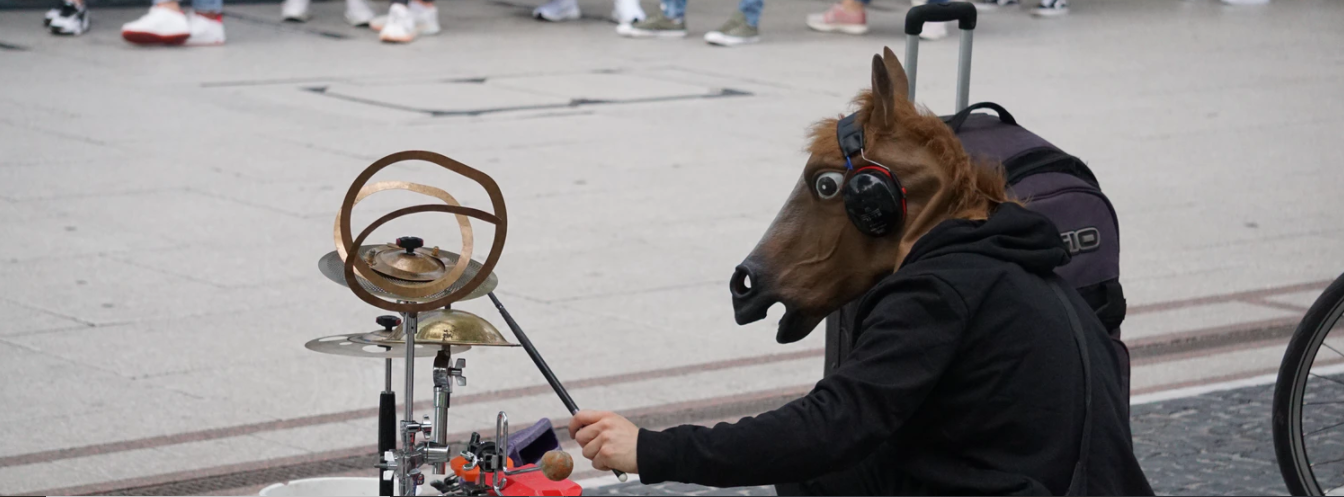Vaccine: Shot of Reality

More news of yet another potentially effective vaccine from Moderna, on top of Pfizer/BioNTech’s last week announcement, has rallied the markets even further and created greater enthusiasm. This is encouraging news, as we’ve seen ‘pandemic fatigue’ and people’s unwillingness to take necessary precautions, this pandemic needs all the help it can get.
But while both these vaccine announcements portend incredibly positive early results of ‘90% efficacy’(Pfizer/BioNtech) and ‘94% efficacy’ (Moderna) - we need to be careful of becoming over optimistic and for several reasons. Since early talk of vaccines, they have always been seen as the solution to all of the pandemic problems. We feel this optimism is over zealous.
Firstly, these vaccine announcemnets are based on only very preliminary information, it’s not published data and it’s not peer-reviewed, it’s from press releases for still on-going Phase 3 trails. The end points have not as yet been met on any of the current trials (164 positive cases which they hope to reach in December).
Pfizer’s trial had 43,000 participants and Moderna 30,000. These are very small numbers considering these vaccines could potentially be rolled out to billions of people. While so far there haven’t been adverse side effects reported, these candidates still need to clear FDA approval and who’s to say in larger population groups more side effects may not materialize.
Another issue to note is that the studies have been designed with symptomatic disease end points – this means participants who show active symptoms of disease are then tested for Covid and if positive, fall into that 90/94% group – it doesn’t mean that all participates were monitored and regularly tested. It also means anyone who contracted Covid but remained asymptomatic wasn’t included in those numbers. Why does this matter ?
Asympotmatics can still be infectious, so while they may have been vaccinated and think they are immune, they may in fact not be, transferring disease onto other unvaccinated individuals– effectively meaning a mask mandate would stay in place.
Additionally, with a lack of actual data, we aren’t privy to the profiles of the participants in the study – do they have a young and healthy weighting (young and healthy generally have a high propensity of becoming asymptomatic) – and how many are actually older, sicker and have co-morbidities – we don’t know. This could skew the efficacy rate once deployed in wider population groups. Also, very importantly – assuming the vaccine confers protective immunity, we don’t know for how long. These participants are all newly vaccinated. The benefits could last a year, 5 years or 5 months.
Assuming the vaccine is as protective as best case scenario, there remain a few more hurdles; these are never before deployed mRNA based vaccines that require extremely cold storage temperatures. It opens a whole new set of difficulties in administering what is a 2-shot regimen to billions without a purpose specific cold chain already in place. People are also skittish about something like a new vaccine to start with, and with the politicization of it, there is even higher chance that a significant portion of the population won’t accept vaccination – especially initially. It will take a long time to achive enough uptake and critical mass to achieve any sense of 'herd immunity', meaning a mask mandate and the a version of the status quo remains in place for a long while still.
94% efficacy is in a perfect world – in reality it may turn out to be somewhat very different.
Even if the vaccine’s perfect world scenario were delivered tomorrow and the disease stopped in it’s tracks – the economy still has a train wreck that it hasn’t dealt with. If the Dow was beaten down at 15,000 and was rallying with a hopeful glimmer I could understand the positive sentiment, but with the Dow already at record highs, rallying to even higher new highs, is in my opinion, a distortion of the reality around. The markets have digested the positive ‘hopeful’ while completely ignoring the negatives of ‘reality’. We have no agreement – or indication of – new fiscal stimulus any time soon. We still have 20M+ unemployed/disemployed workers. We have completely over leveraged corporations borrowing just to stay in business. We have moratoriums, forbearance and eviction holds in place. Across the US and Europe we have new Covid cases spreading like wildfires with no abatement in sight and hospitals in some areas reaching capacity.
I hate to be a Debbie Downer, but it seems too many people are only listening to what they want to hear.
 How to ensure your investments beat inflation
How to ensure your investments beat inflation
If you believe that inflation is really going to take off (we don’t), what should you do? Once again...
 Searching for Real Yield
Searching for Real Yield
Following the kind of stock market blow-out that we are anticipating there will be plenty of high yi...
 Beating the Drums of Inflation
Beating the Drums of Inflation
It seems like the inflationistas are predicting inflation rather than showing data to support it’s e...